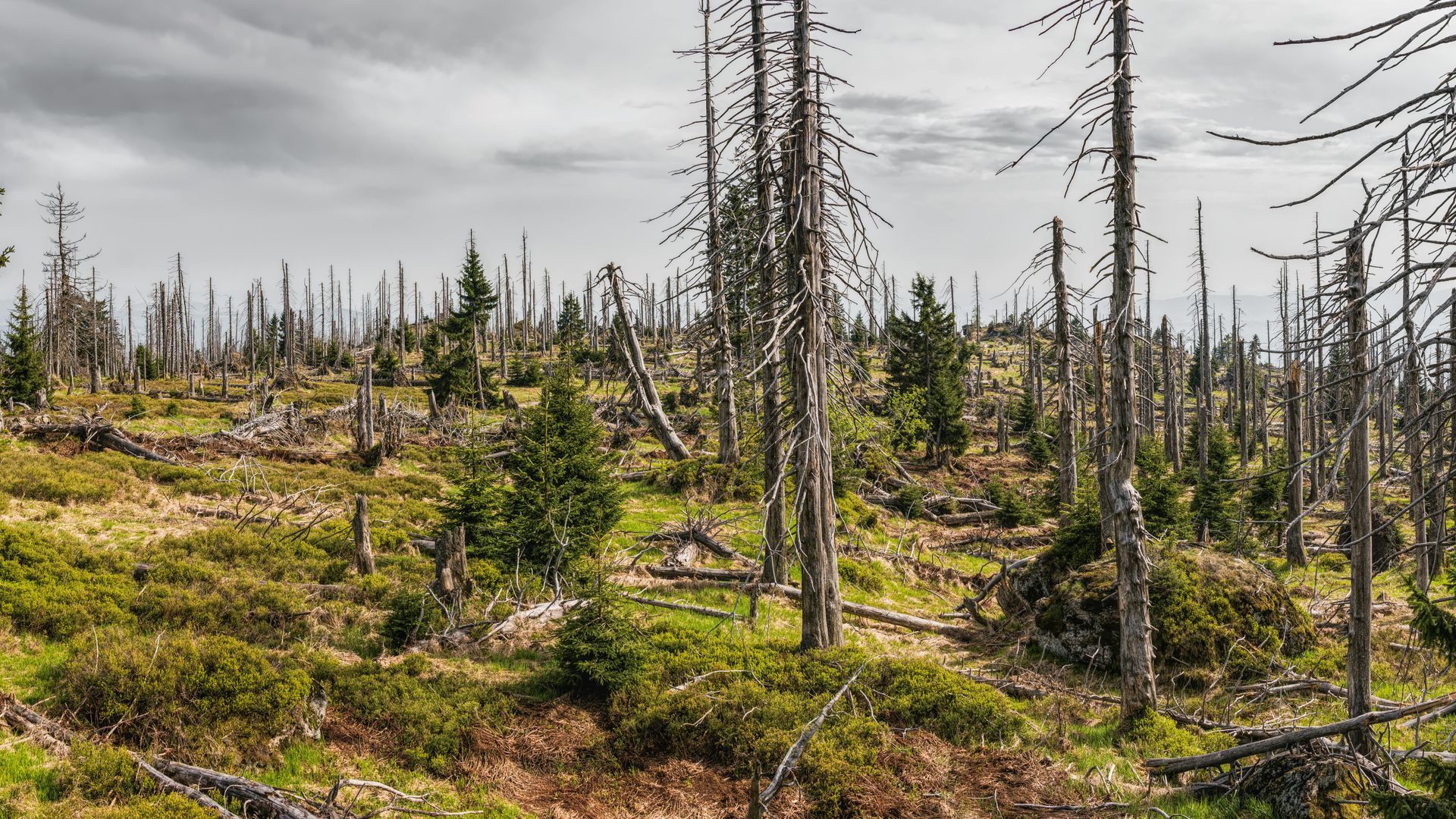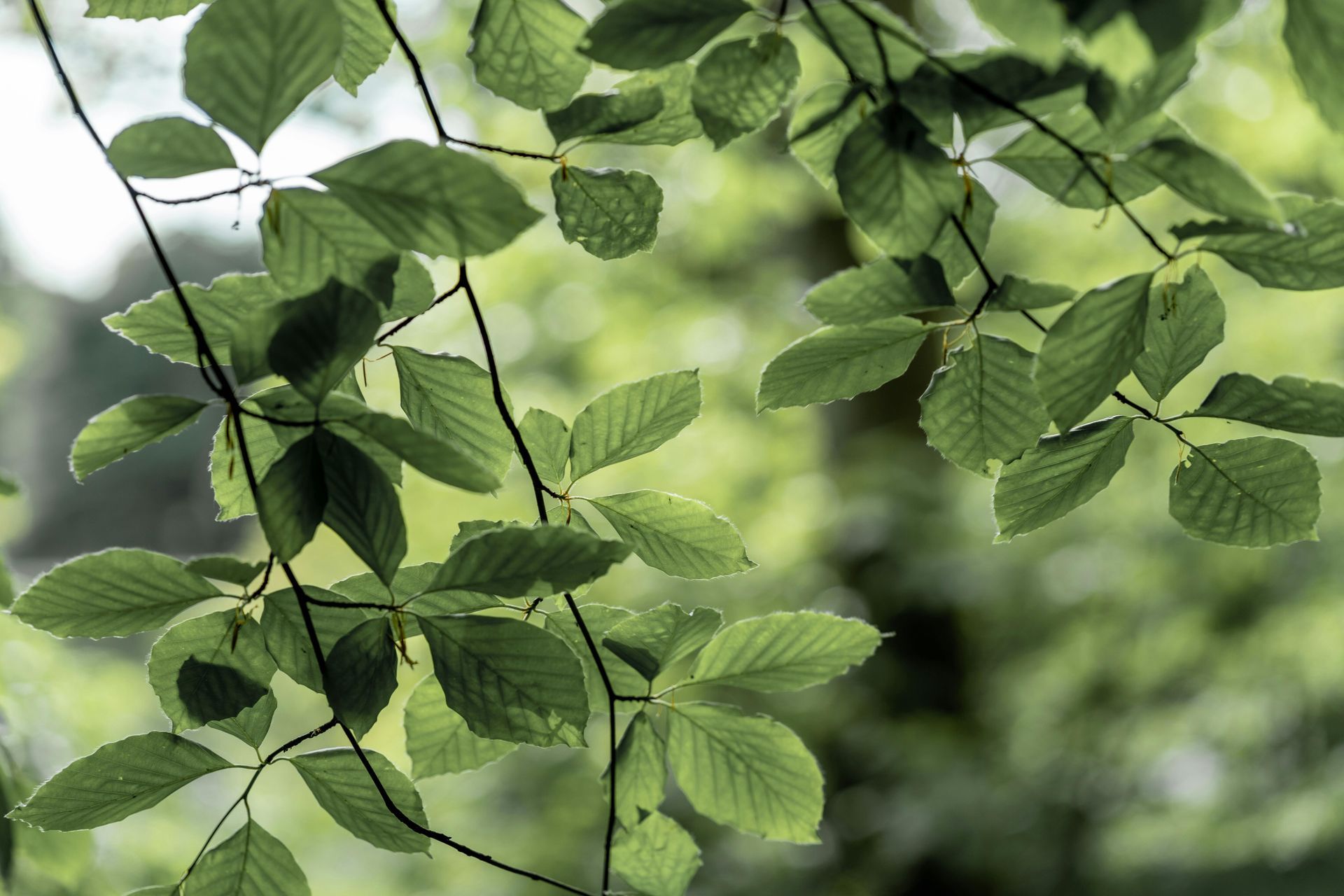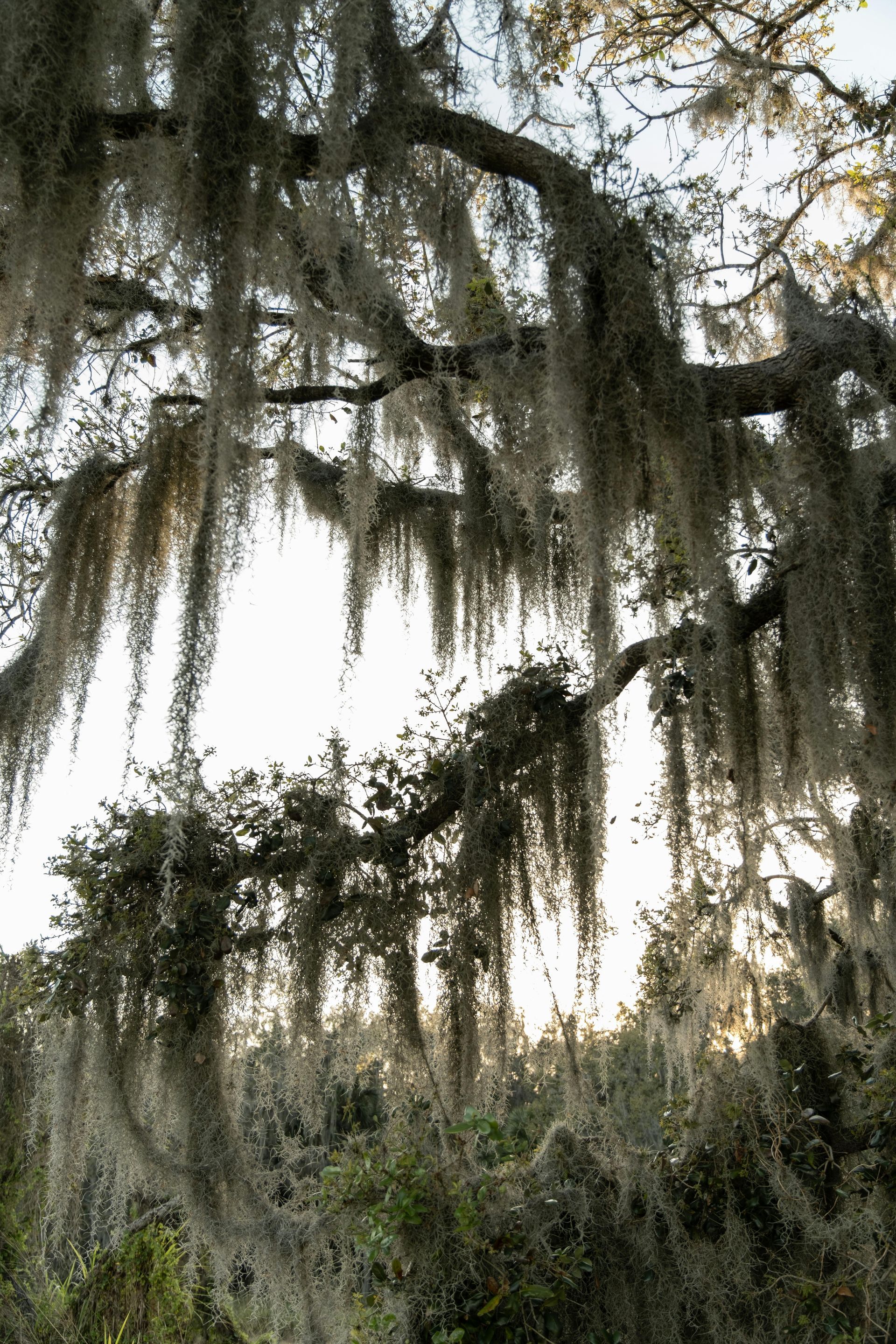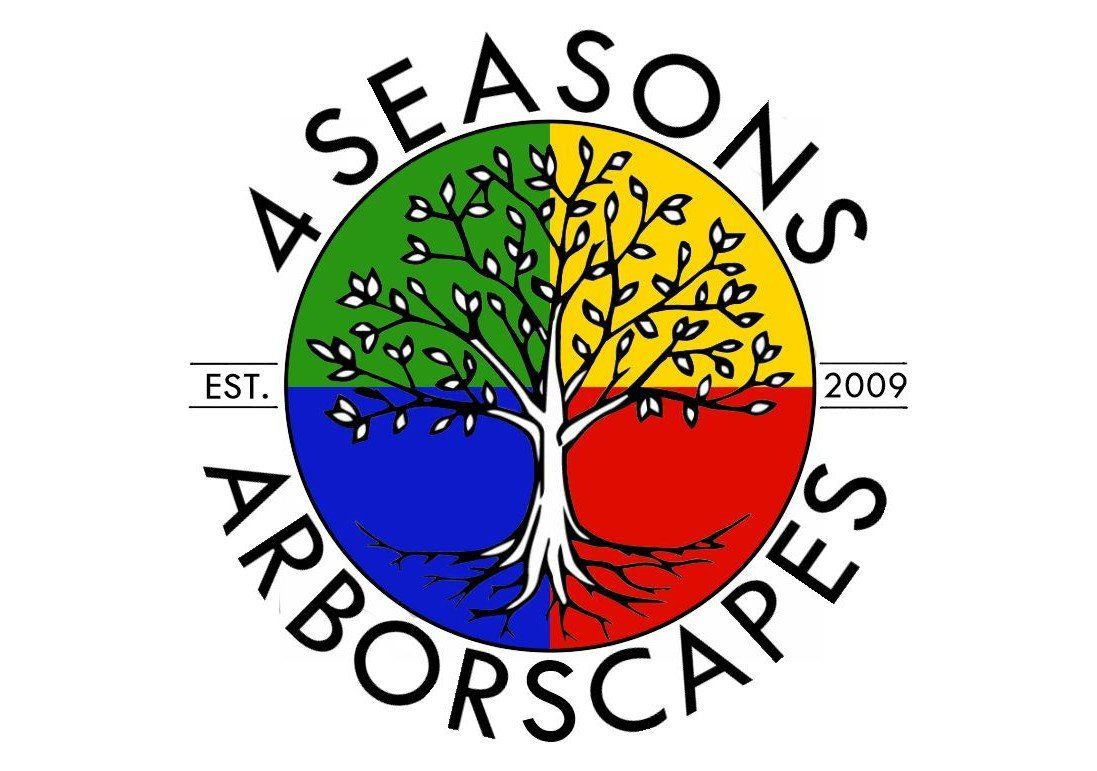What Happens to Trees in Spring?
Trees and seasons share a profound relationship marked by changes in growth, appearance, and activity throughout the year. Each season—spring, summer, autumn, and winter—brings with it different care requirements and opportunities for observing the intricate rhythms of nature.
Physiological Changes to Trees in Spring
Spring is the season of renewal and awakening, and trees play a central role in this vibrant transformation. During this time, trees undergo a series of physiological changes in response to increasing daylight hours and warmer temperatures. These changes are crucial for their growth, reproduction, and survival, as well as the reemergence of life throughout the ecosystem.
- Bud Swelling and Bursting: As temperatures rise, dormant buds on trees begin to swell in preparation for growth. This is triggered by the lengthening of daylight hours and the accumulation of warmth in the environment. Eventually, these swollen buds burst open, revealing new leaves, flowers, or shoots.
- Leaf Emergence: One of the most noticeable signs of spring is the emergence of new leaves on trees. As buds open, tiny, tender leaves unfurl, exposing their chlorophyll-rich surfaces to sunlight. Chlorophyll is the pigment responsible for capturing sunlight and initiating photosynthesis, the process by which trees produce energy from light.
- Photosynthesis: With the emergence of new leaves, trees ramp up their photosynthetic activity. Photosynthesis involves the conversion of carbon dioxide and water into glucose (a type of sugar) and oxygen, using sunlight as the energy source. This process fuels tree growth and provides the energy needed for other metabolic activities.
- Transpiration: As leaves photosynthesize, they also undergo transpiration, the process by which water is absorbed by roots and transported to the leaves, where it evaporates into the air through small openings called stomata. Transpiration helps regulate the internal water balance of trees and contributes to the movement of nutrients throughout the plant.
- Flowering: In spring, many tree species produce flowers as part of their reproductive cycle. These flowers contain reproductive structures, such as stamens and pistils, which enable the tree to produce seeds. Pollination, often facilitated by wind or pollinators like bees and butterflies, leads to the fertilization of these flowers and the development of seeds. Bees, butterflies, and other pollinators are attracted to the flowers, ensuring the cross-fertilization necessary for the production of fruits and seeds. You can take an active part in the pollination process by creating a welcoming environment for pollinators.
- Growth of Shoots and Roots: Springtime signals a period of vigorous growth for trees, both above and below ground. In addition to producing new leaves and flowers, trees extend their branches and develop new shoots. Beneath the surface, root growth also accelerates, as trees seek out water and nutrients in the soil to support their expanding canopy. This burst of growth is essential for the overall health and vitality of the tree, but also provides the opportunity to prune back longer shoots to control the size and shape of the tree.
Tree Care Requirements in Spring
These physiological changes that occur over the seasons mean that the tree's care requirements will also change. As we discussed in our deep dive into winter and trees, wintertime signals a cease in regular care, and a time for rest. Spring is the resurgence of life and therefore is our sign that our trees will now need additional care in order to remain healthy and vibrant.
Here are some key changes in care requirements for trees during the spring season:
- Watering: With increasing temperatures and longer daylight hours, trees experience greater water loss through transpiration. It's essential to monitor soil moisture levels and provide adequate water to trees, especially during dry spells or periods of rapid growth. Deep, infrequent watering is preferable to shallow, frequent watering, as it encourages deeper root growth and drought tolerance.
- Fertilization: As trees enter their active growth phase in spring, they may benefit from supplemental fertilization to replenish nutrients depleted during the winter months. Consider applying a balanced, slow-release fertilizer around the drip line of the tree, taking care not to over-fertilize, which can lead to nutrient imbalances or environmental damage.
- Mulching: Applying a layer of organic mulch around the base of trees helps conserve soil moisture, suppress weeds, and regulate soil temperature—all of which are especially beneficial during the warmer months of spring. Mulch also contributes organic matter to the soil as it breaks down, enhancing soil structure and fertility.
- Pruning: Spring is an ideal time for pruning trees to remove dead, damaged, or diseased branches, as well as to shape the canopy and promote healthy growth. Pruning wounds heal more quickly in spring, reducing the risk of disease transmission and promoting vigorous regrowth. However, it's important to avoid pruning certain tree species during their active growth period to minimize stress and potential damage (consult your arborist for more information on ideal pruning times).
- Pest and Disease Management: Springtime can bring an increase in pest and disease activity as temperatures warm and new growth emerges. Monitor trees regularly for signs of pests such as aphids, caterpillars, or mites, as well as symptoms of diseases such as leaf spots or fungal infections. Early detection allows for prompt intervention, whether through cultural practices, biological controls, or targeted treatments.
- Support and Staking: Young or newly planted trees may benefit from additional support or staking during springtime, especially in windy or stormy conditions. Properly installed stakes and ties help stabilize the tree and promote healthy root development while reducing the risk of stem damage or uprooting.
By adjusting care practices to meet the evolving needs of trees during spring, gardeners and arborists can ensure the continued health, vigor, and resilience of their trees as they transition into a period of active growth and vitality.
Spring Celebrations for Trees
In addition to the physiological changes and care requirements that come with the arrival of spring, the world of trees also experiences a number of celebrations and events.
One of the most notable events that highlights the importance of trees in our ecosystem is Arbor Day, which is celebrated with various tree-planting initiatives that typically occur in the spring season. These events serve as a powerful way to honor the vital role that trees play in our environment, underscoring the significance of environmental stewardship and raising awareness about the crucial part that trees play in sustaining life on Earth. By coming together to plant trees and celebrate Arbor Day, communities across the globe are united in their commitment to preserving and protecting our planet for future generations. Be a part of something greater by planting your own trees or getting involved in a community planting.
Throughout the world, diverse communities and cultures engage in rituals and traditions that serve to connect them with the cyclical nature of the changing seasons and the profound symbolism of new life emerging in the springtime. These age-old practices not only serve as a reminder of the beauty and significance of nature's rhythms but also provide a sense of continuity and connection to the past, fostering a deeper appreciation for the interconnectedness of all living beings with the natural world.
Conclusion
As each season unfolds, trees respond with changes in growth, appearance, and activity, inviting people to engage in caring for and observing their transformations. Spring is a season where people play an active role in nurturing the environment, whether by gathering flowers for display, planting seeds, or participating in efforts to support tree health and local biodiversity. The relationship between trees and the seasons serves as a reminder of humanity's responsibility to care for and connect with the intricate rhythms of the natural world, nurturing a sense of stewardship and harmony that transcends individual seasons and spans generations.
Check out the latest:









